The Last Stand: Aftermath
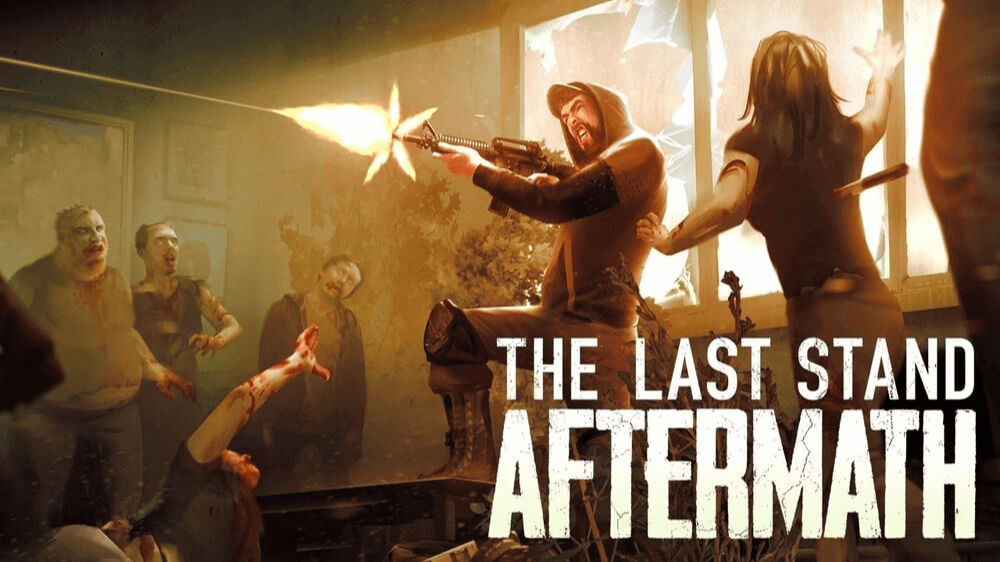
The Last Stand: Aftermath - Surviving to Die
A zombie game is not a word combination that can attract anyone's attention. We've seen it all, from dramatic zombie apocalypse series to cooperative action games to simulation games for brain enthusiasts, all of which have long turned to brain gum for brains. The Last Stand Aftermath is another zombie apocalypse survival game with a number of author's ideas, developments, and a bunch of mechanics; however, the game is memorable for only one thing: the protagonist's most obtuse goal.
There's no hope, but you hang in there.
Imagine if The Walking Dead were a game. You'd be playing as Rick without the protagonist's patronage and a signed contract two seasons in advance... Every threat to the character you encounter was actually a threat to his existence, rather than a disguised scarecrow-attraction. Let's say your "Rick" wandered into the wrong room, tripped over a tin can, thus attracting the attention of a zombie horde. No matter how pathetically Andrew Lincoln holds his revolver, it doesn't add bullets to the drum. Anyway, your "Rick" is killed by a ridiculous accident, and...you see Andrew Lincoln chained to a bed and an artificial life support device again, again the first episode of season one. In that last attempt, both Shane and the Governor and Hershel died, Carl lost an eye and died, and now it's all over again... Except that the end of the first season spoils you right away: everyone is infected, and so are you. Try not to drag out your survival for thirteen years this time. You've got a couple of hours, then you'll be a Walker, go for it - the whole point of The Last Stand: Aftermath...
The Last Stand: Aftermath is a survival action game with an isometric overhead camera in a Roguelike base. No sane plot - another zombie virus infection, another chosen ones and another survival with a ghostly hope for a brighter future. Unlike many Roguelikes of our time, The Last Stand: Aftermath is a Rogue Like, not a Rogue Lite - no simplifications, no -50% loot penalty after permanent death. In the short prologue/study the game immediately makes it clear that the characters here are doomed meat. When the meat has rested in the stomachs of zombies, the unfriendly world meets again with a choice of three recruits - one of these daredevils will have to play.
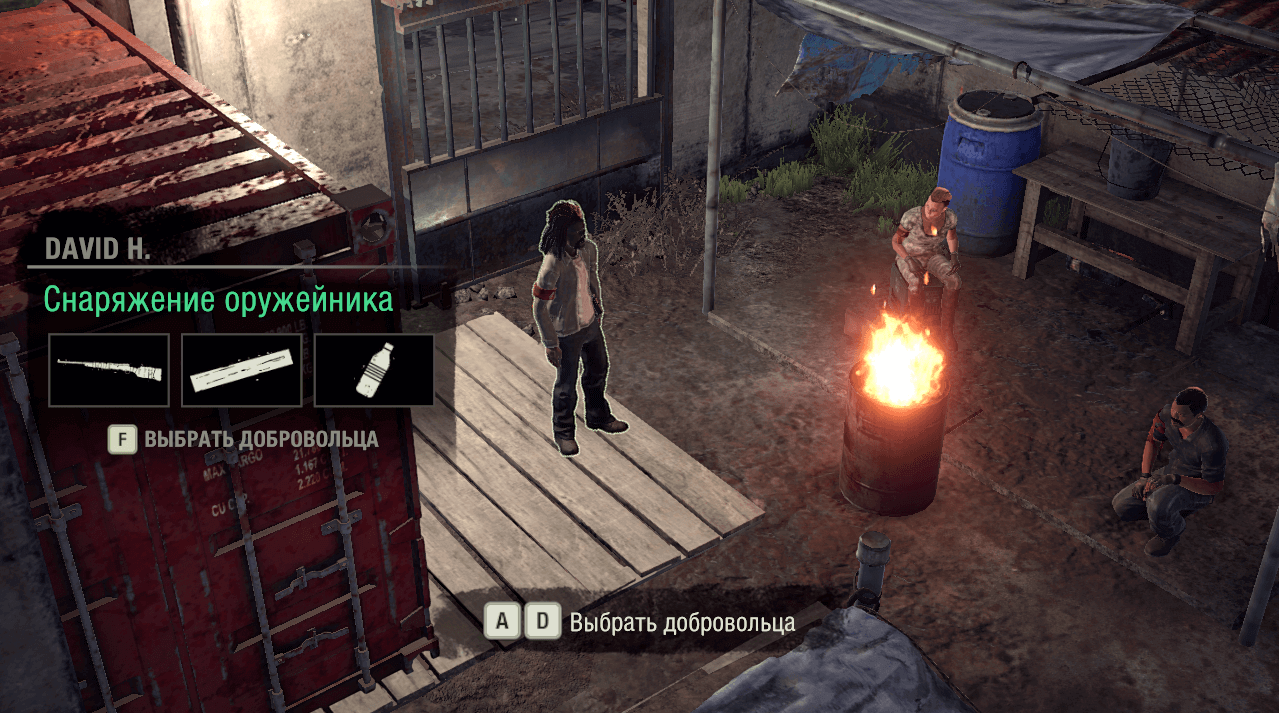
The Last Stand: Aftermath is not the first game by the developer Con Artist Games. Before Aftermath, the guys were engaged in browser-based strategy games and the same browser-based The Last Stand. That's just in those The Last Stand all worked by the rules of browser games - it was unpretentious session games, one of which even tried to grow into a full-fledged MMORPG, but no luck, no luck...
The game is not what it seems
...What's the point of this information? Because The Last Stand: Aftermath, from the first minutes of its gameplay, refers to those creations. If you reduce the essence to two sentences, it turns out about the following: the protagonist goes from point A to point B by car. The car needs to be constantly fueled and repaired, and to prevent the virus in the protagonist's body from developing too quickly, it is necessary to look for drugs.
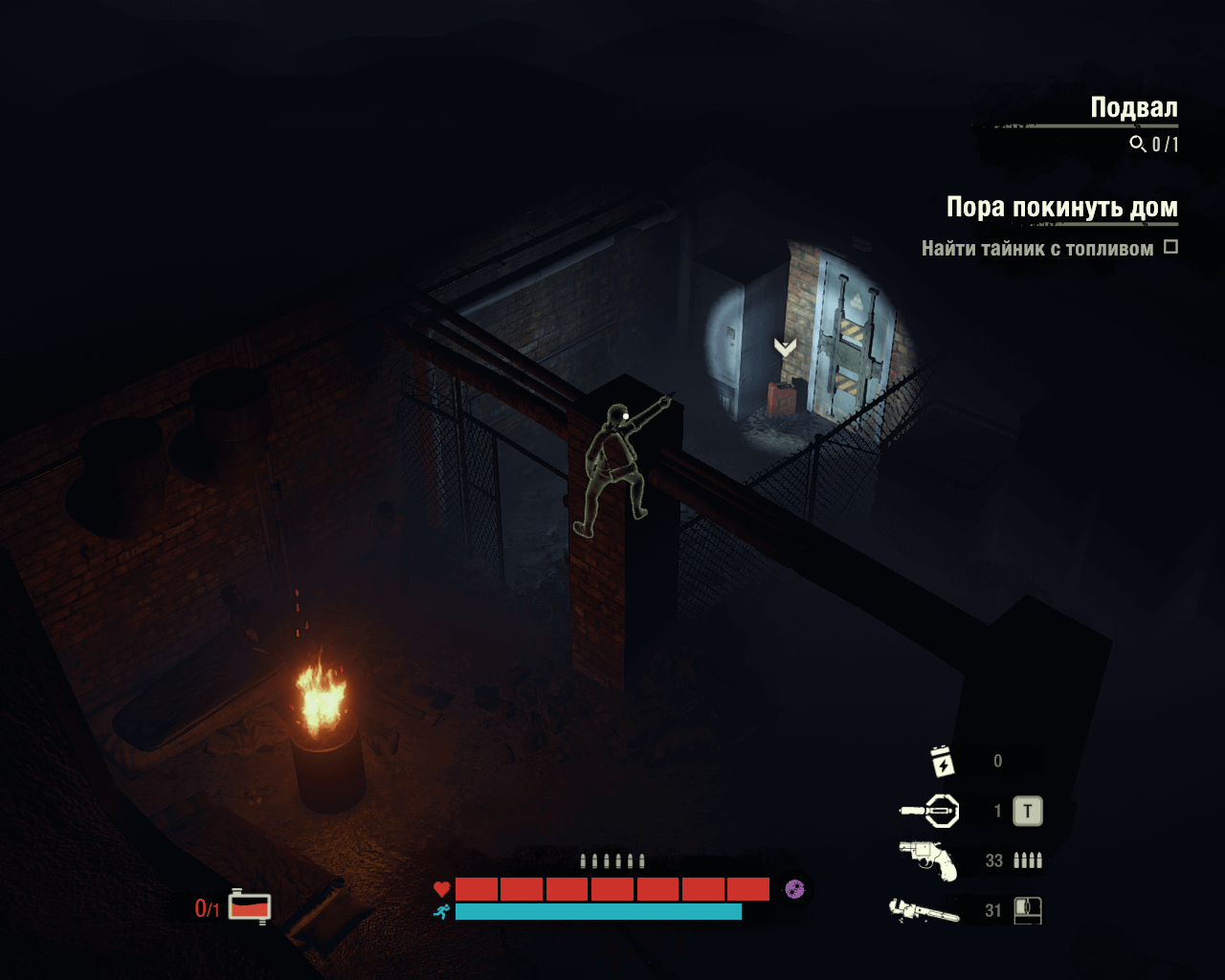
The entire map is divided into levels. Here everything, as in any Rogue-lite toy: to reach the endpoint without pumped character is almost impossible, but to increase the chances of passage, from the possible routes to choose the most important at the moment. Run out of ammo - it wouldn't hurt to check out the abandoned military base, run out of medicine - maybe in the abandoned pharmacy there will be the same antidote or first-aid kit, during the journey a lot of junk was accumulated - sell it to a travelling salesman or exchange it for something worthwhile.
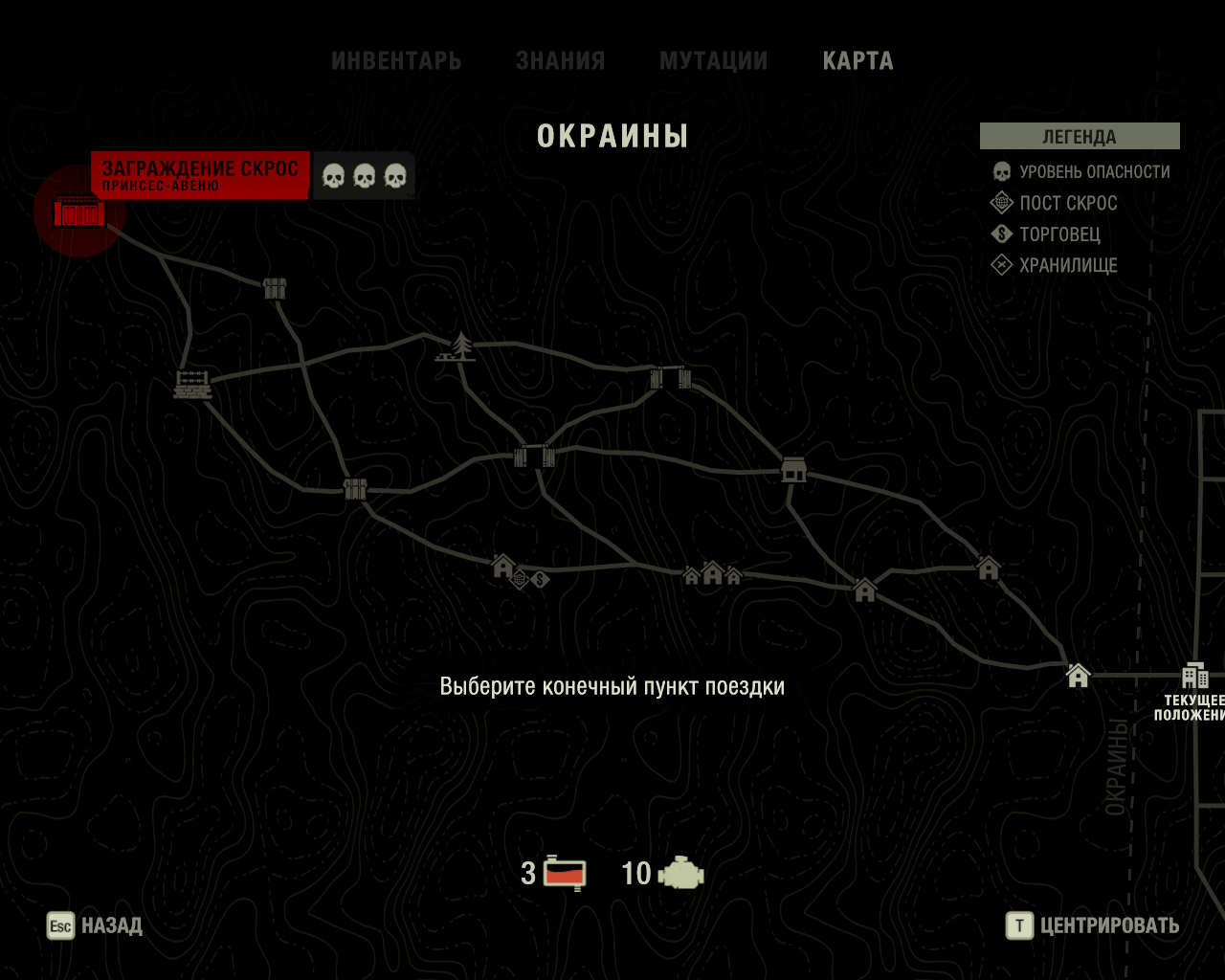
The protagonist is not thirsty or hungry, but it is advisable to collect trash on the levels. From the garbage you can make valuable items. The best melee weapons are impossible to find, only to create. The same goes for some types of throwing weapons and weapon attachments. For example, by searching an abandoned house you can find a rag and a bottle of liquor, combine them and get a molotov cocktail.
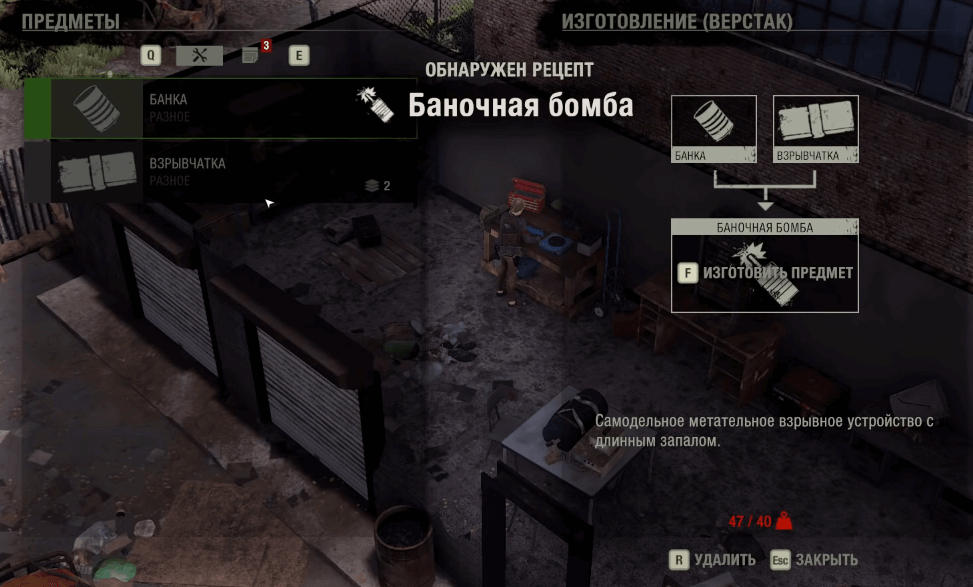
The zombie virus and infection mechanics are the best thing about The Last Stand: Aftermath. The protagonist's health scale is divided into 7 sections. When one of the sections is full, some of the protagonist's health will be permanently blocked, and instead the player will be offered to choose one of the three bonuses of the dead world: skin spikes, supernatural power or night vision, even mimicking a zombie is possible, but only by smell.

At first you might think of creating a "glass cannon" - a character with a lot of bonuses, but with damn low health, but...the virus will kill the protagonist sooner or later, so investing everything in the zombie build would be a rash decision. However, no one will tell you that. Remember the global map screenshot I posted above? That's just the easiest part of the game, it's going to hurt more. But having played The Last Stand: Aftermath for 5-6 hours you'll probably build build builds in your head through a half-infected survivalist with a submachine gun, and you should have been thinking about getting anti-virusol... In the eyes of the game original thinking players are like the workers who blow all the money in the first days after the paycheck, without thinking about the cost of food, rent and savings. After a series of unsuccessful runs, the real, ugly face of The Last Stand: Aftermath is revealed...
Browser and sneaky...
As the developers from Con Artist Games admit, "The Last Stand: Aftermath is our first big project. Here the experience of the developers turned against them. Let's start with the progression: the game has meta-progression, but it is done in the most miserable way. In addition to fuel, there are also batteries and knowledge points.
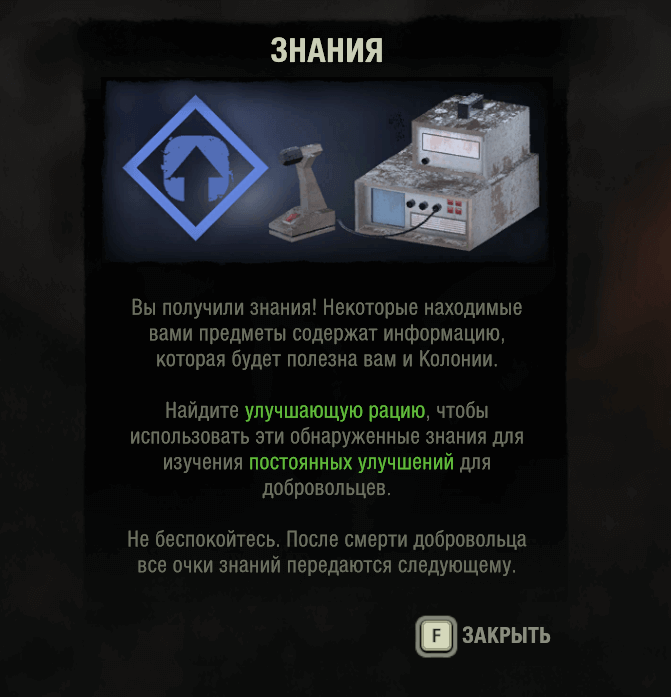
Batteries are used to open anti-viral zones, but...for some reason the protagonist can't carry more than 1 vial of vaccine. One injection only lasts for a few minutes. If you've played Far Cry 2 and remember the mechanics with malaria there, you'll understand what I mean. Why can't you stock up on medication from now on and not to mess with your head? Why do we need these crutches, artificially stretching the gameplay on routine chores? The answers to these questions you will not find.
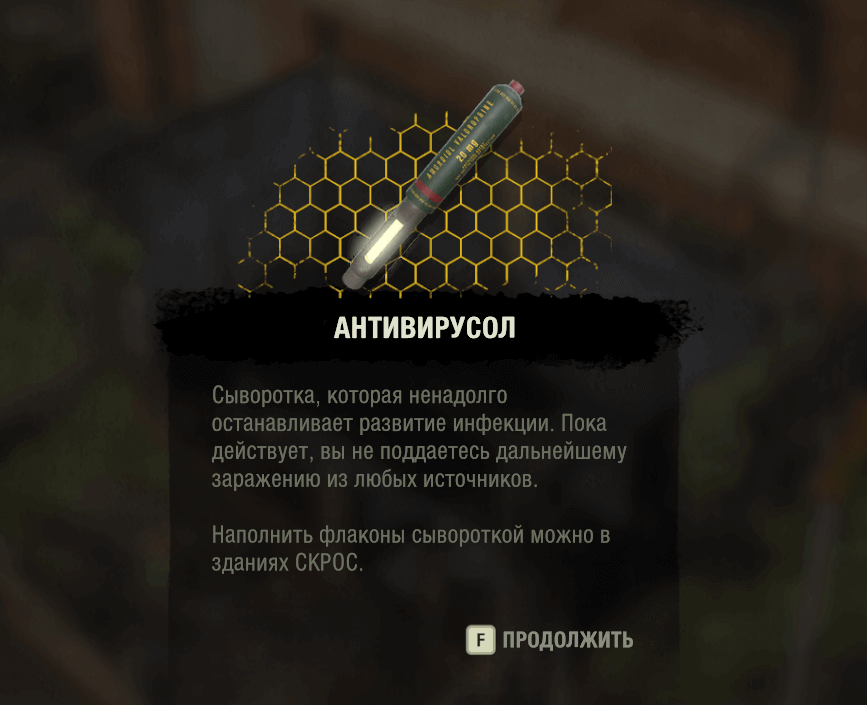
The second drawback stems from the first - the game is constantly chased into the neck by a progressive virus. Methodical search of locations and thoughtfulness are punished not just by the death of the protagonist, they are punished by the death of the hero, on whom you spent hours of real time. After the death of another character - and there will be quite a few - the game will offer a local meta-progression: buy a bunch of power-ups for dearly or start a run with more sane equipment.
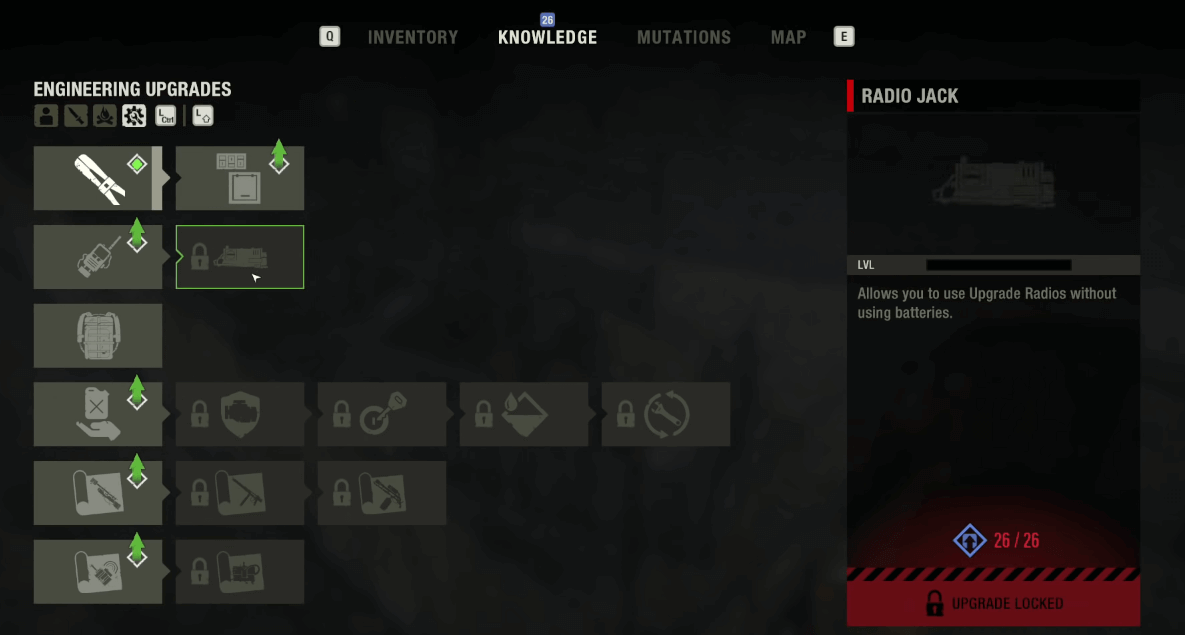
But this does not make the task any easier. The player is at war not only with zombies, but also with time. Here The Last Stand: Aftermath forces you to pass quietly: crawling around all the way and quietly eliminating zombies with cold steel weapons or shooting them one by one with a silenced pistol.
There is no variation in The Last Stand: Aftermath. To pass the game, you are required to clear the locations as quickly as possible, limiting yourself to filling up your car and searching for antidote. This makes the game not just linear, but linear-mocking. So many weapons, game mechanics and potentially viable builds are sent to the trash in the second act - it is impossible to count. Roughly speaking, to pass The Last Stand: Aftermath from cover to cover, you need to look up the only correct build, reproduce all the moves without mistakes, and only then will the game succumb and allow you to pass it. Isn't Roguelike about variability and replayability? The Last Stand: Aftermath doesn't think so.
Conclusion
The Last Stand: Aftermath may seem like a fun game at first impression, but first impressions are deceptive. The balance in the game is so crooked that one player's playthrough may be no different than your playthrough. Let's add here the fact that even if you know the games of this genre, the walkthrough takes about 30 hours, 20 hours of which you will have to abuse the bugs of the game and 5 hours to adapt to the rules. So that's 5 hours of sane gameplay. Is it worth it? The question is rhetorical.
